June 12th Marks 55 Years of Legal Interracial Marriage
Share
Explore Our Galleries
Breaking News!
Today's news and culture by Black and other reporters in the Black and mainstream media.
Ways to Support ABHM?
By Brenna Williams, CNN
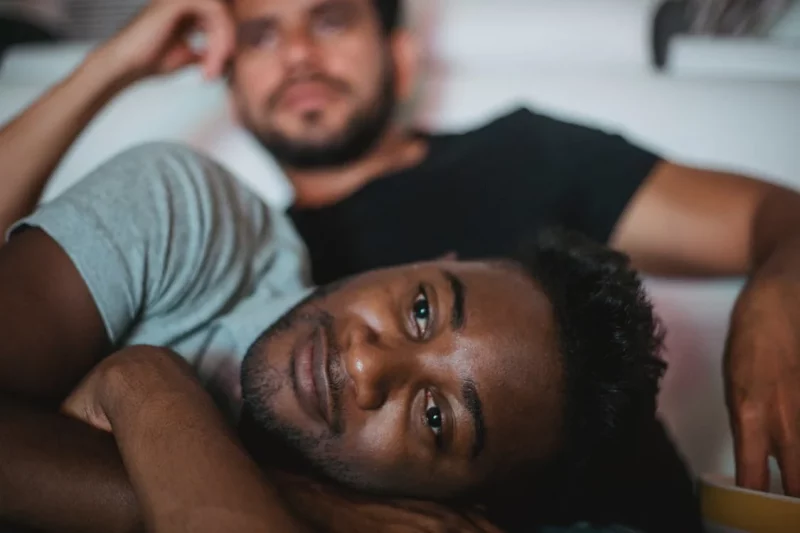
A century after the end of the Civil War, more than a dozen states still had laws on the books banning interracial marriage. Enter Mildred and Richard Loving, a Virginia couple whose June 12, 1967, Supreme Court ruling dealt a major blow to miscegenation laws.
The couple married in 1958 in Washington — where interracial marriage was legal — then moved to their home in Central Point, Virginia. Weeks later, the local sheriff came into their home in the middle of the night and they were charged with violating several Virginia codes, including one that made it “unlawful for any white person in the state to marry any save a white person.”
It was also illegal for people to leave the state for the purpose of avoiding miscegenation laws, and such marriages were considered “absolutely void” in the state of Virginia.
Mildred was a black woman, but her New York Times obituary says that she preferred to think of herself as Indian, since her parents were both part Native American. Virginia had different forms of miscegenation laws on the books stretching back to the 1600s, and the state’s 1924 Racial Integrity Act defined anyone who wasn’t entirely white as “colored” — the only exception was made for those who were 1/16 Native American, but even that had restrictions.
Mr. and Mrs. Loving pleaded guilty and were sentenced to either a year in prison or a 25-year banishment from the state. They chose the latter, moved to Washington and had three children. In 1967, they were arrested while visiting Virginia. Mildred wrote to the US attorney general — a man by the name of Robert Kennedy — for help, and he referred her to the ACLU.
Learn more about this historic case.
Loving v. Virginia was a better outcome than the Dred Scott case, which decided Blacks were not citizens.
Don’t miss any breaking news.
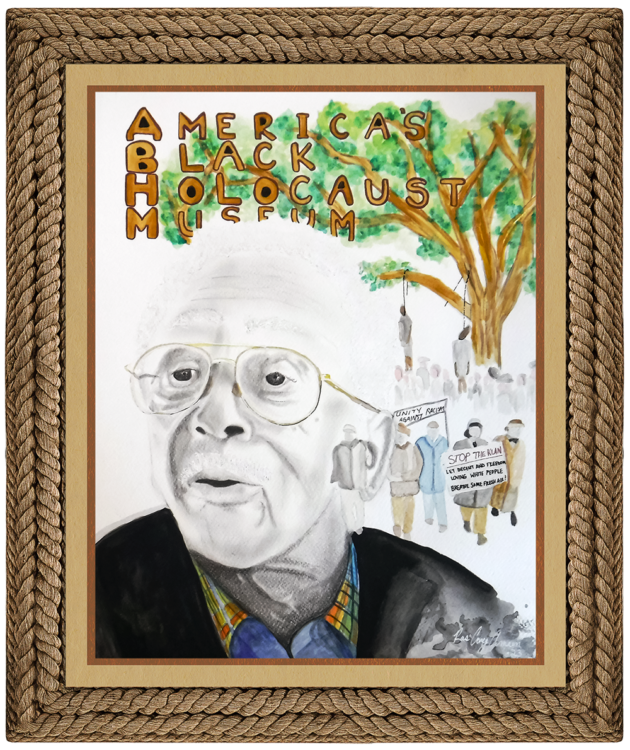
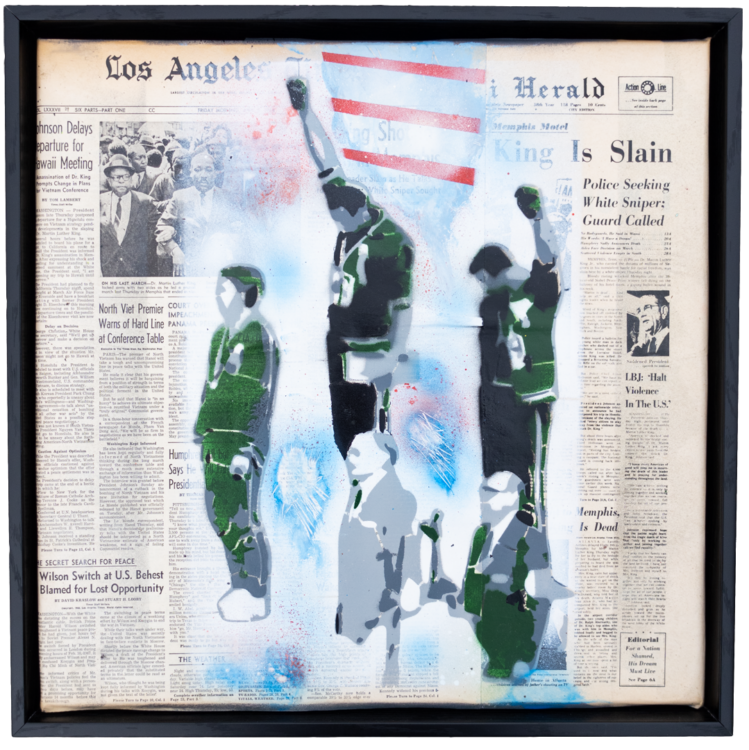
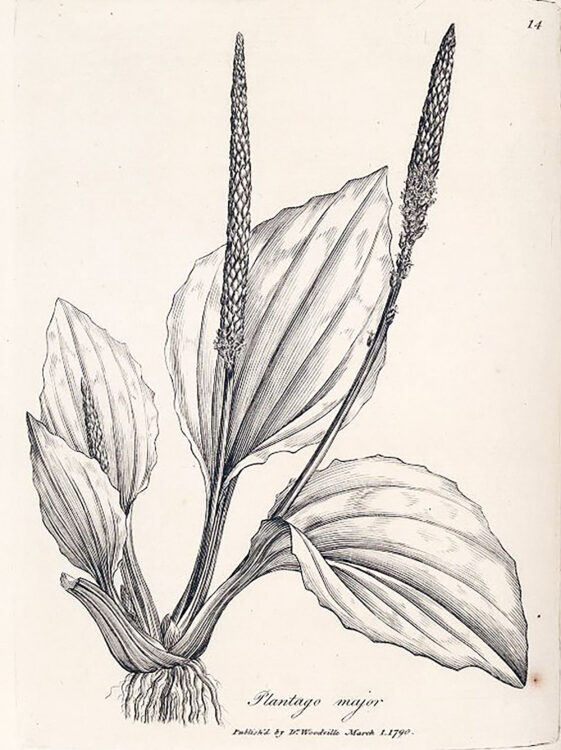
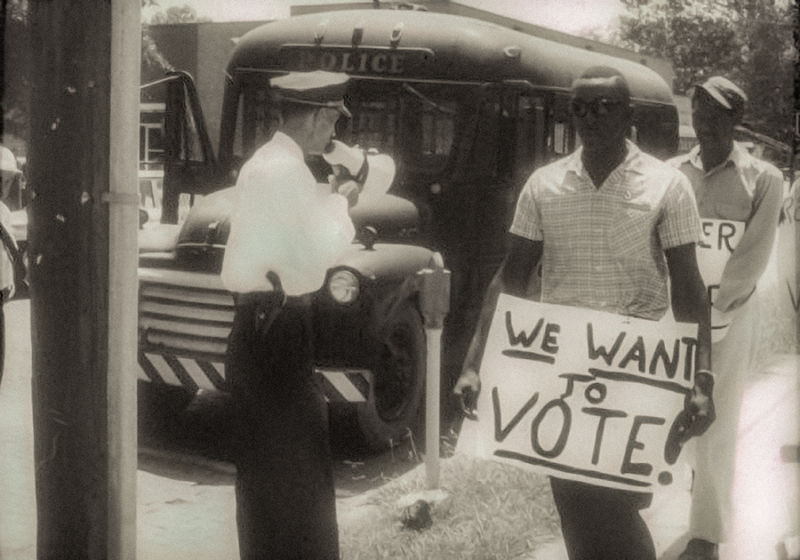

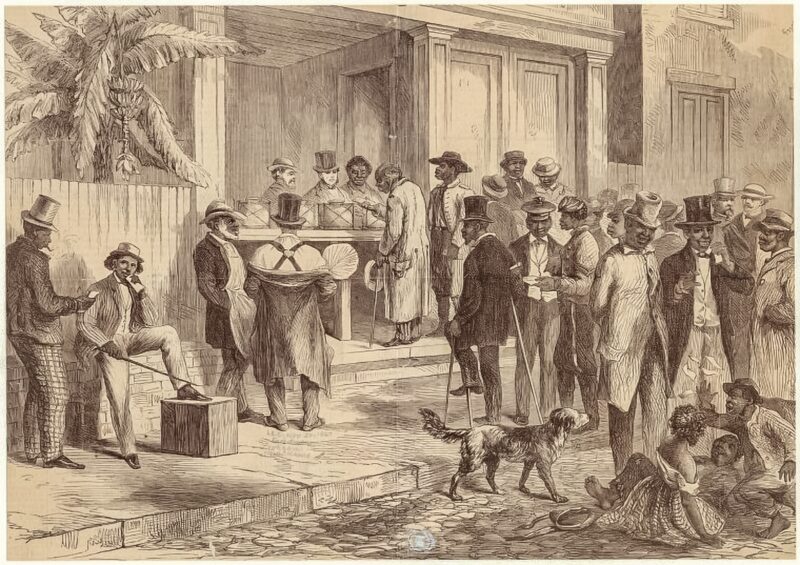
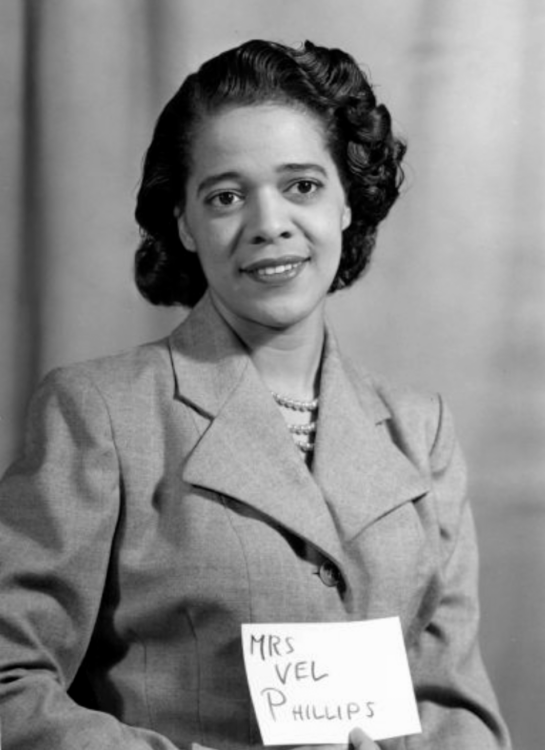
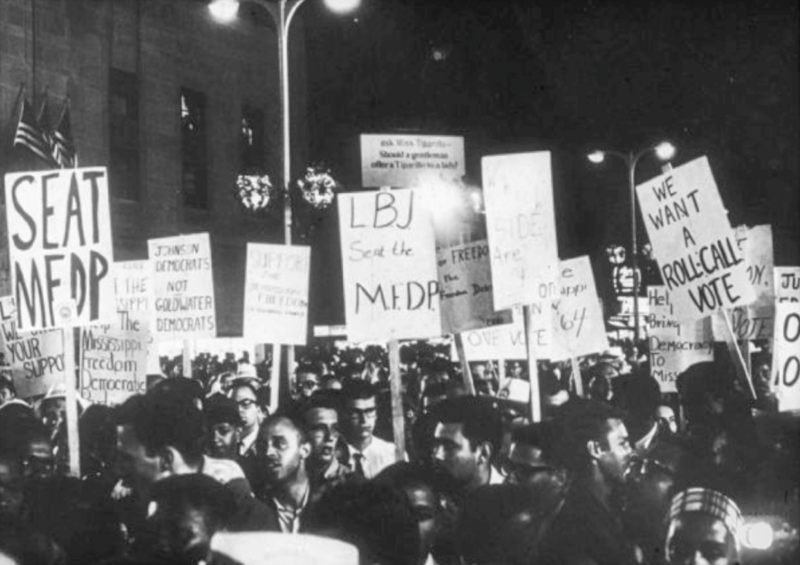
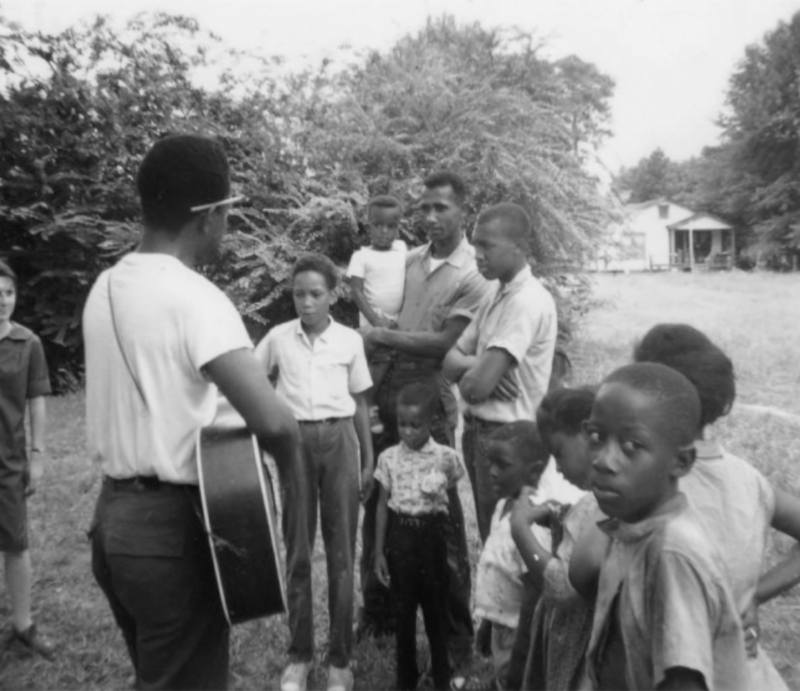
Comments Are Welcome
Note: We moderate submissions in order to create a space for meaningful dialogue, a space where museum visitors – adults and youth –– can exchange informed, thoughtful, and relevant comments that add value to our exhibits.
Racial slurs, personal attacks, obscenity, profanity, and SHOUTING do not meet the above standard. Such comments are posted in the exhibit Hateful Speech. Commercial promotions, impersonations, and incoherent comments likewise fail to meet our goals, so will not be posted. Submissions longer than 120 words will be shortened.
See our full Comments Policy here.